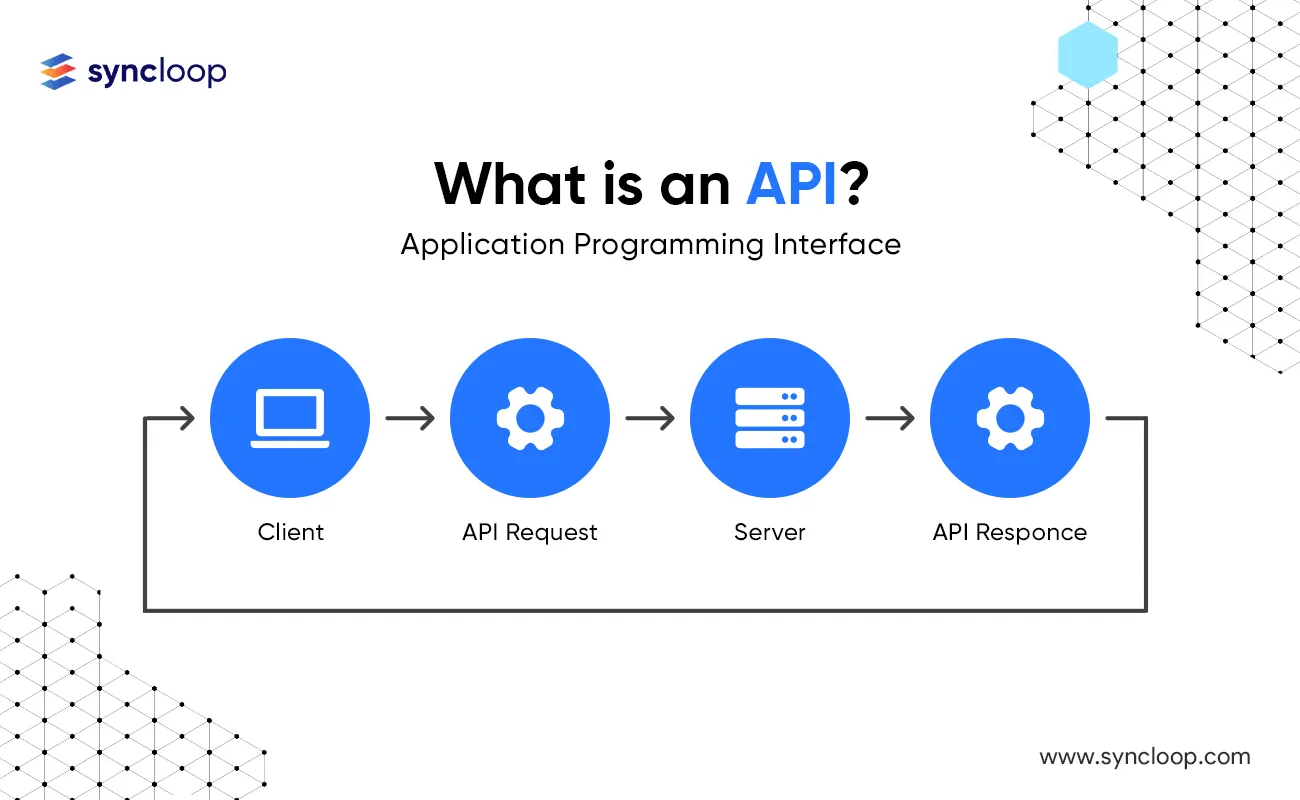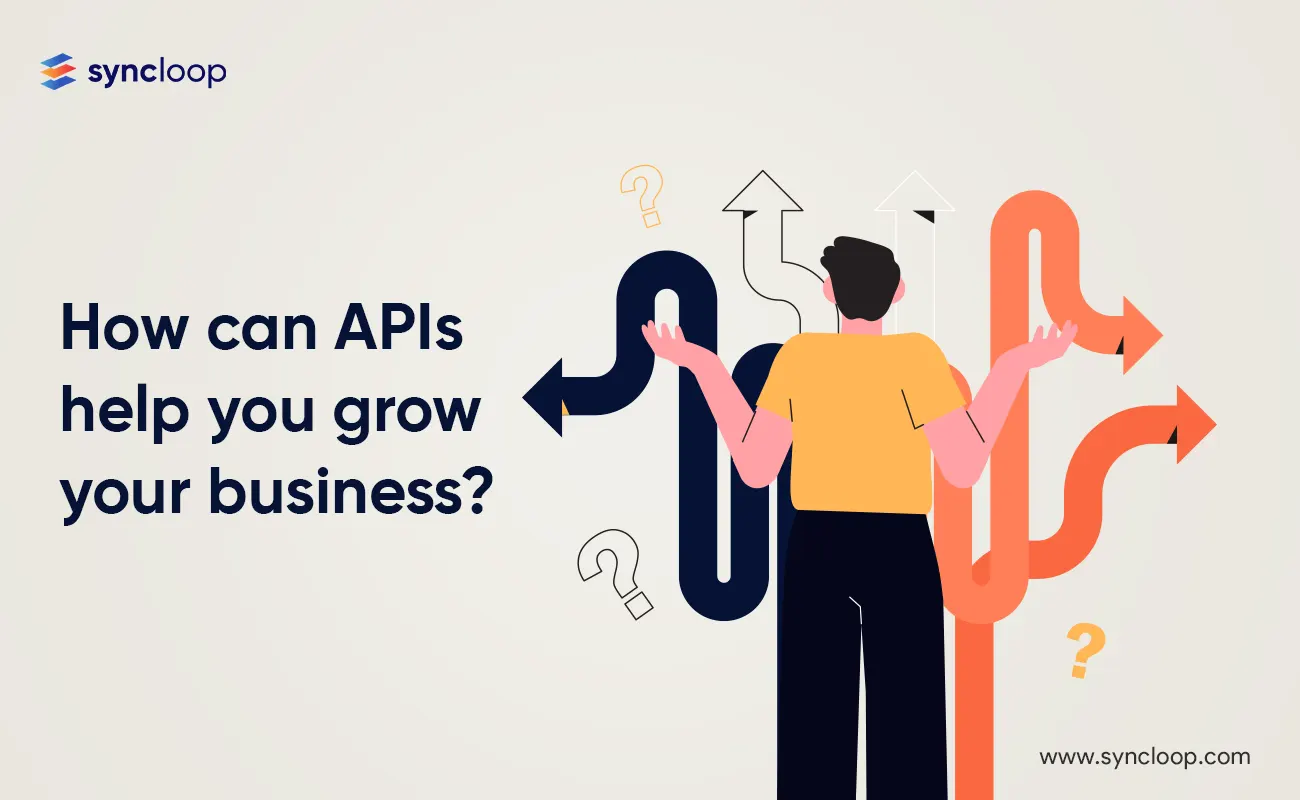How can APIs help you grow your business?
APIs allow two applications to interact with each other and exchange data in real time. This seamless communication streamlines processes and creates a 360-degree

An API is a set of rules and practices that allow two applications to communicate. This means that one can use one application to retrieve data from another application or send data to another application.
Now all of us are well accustomed to using apps like UBER, Seamless, and LYFT. Now whenever we use such apps, we see maps that are intrinsic to them. Whenever one places an order on such apps, we come to know about its current location on the map.
Now, UBER or such apps do not have the resources to place satellites above our planet to track its orders worldwide.
Google Maps is the answer. Google Maps is the system. Many of us use this system on our mobile phones as an app. In the same way, UBER does it too. But there's a catch. UBER cannot have direct access to the map data. Therefore, in between these two, there is a negotiator or, to call it more accurately - a messenger.
A messenger that takes data from one place to another. This messenger is what is known as API.
So, if UBER wants to access data from google maps, he would have to ask for it from the API. The API would then communicate this to Google maps. If Google maps allow the API to take it, the same piece of information is returned.
In General, API responds to the system of "What" is being asked, not its "How"? Like, if you want to have a lemonade, the system will provide the app with the final look, not its recipe. Then it's the app's responsibility to deal with that crucial piece of information however it benefits them.
Most of us are simply not aware of such a system, but we do witness it daily. Just grab your attention whenever we install new apps on our mobile phones.

APIs allow two applications to interact with each other and exchange data in real time. This seamless communication streamlines processes and creates a 360-degree